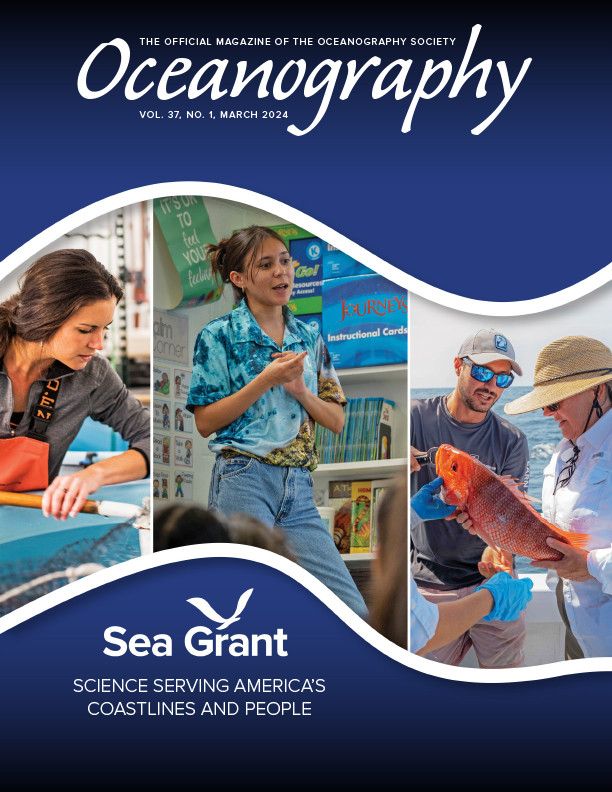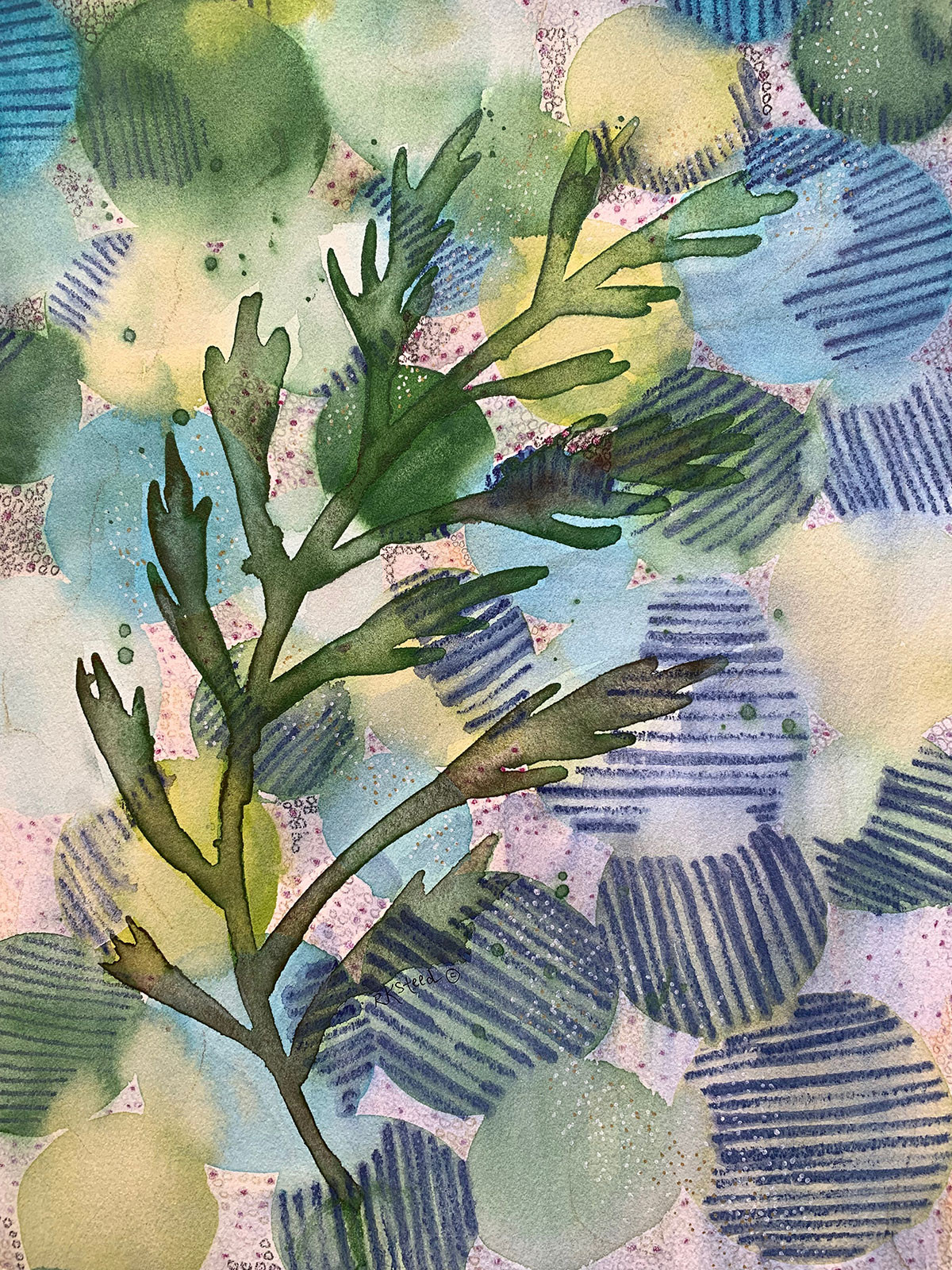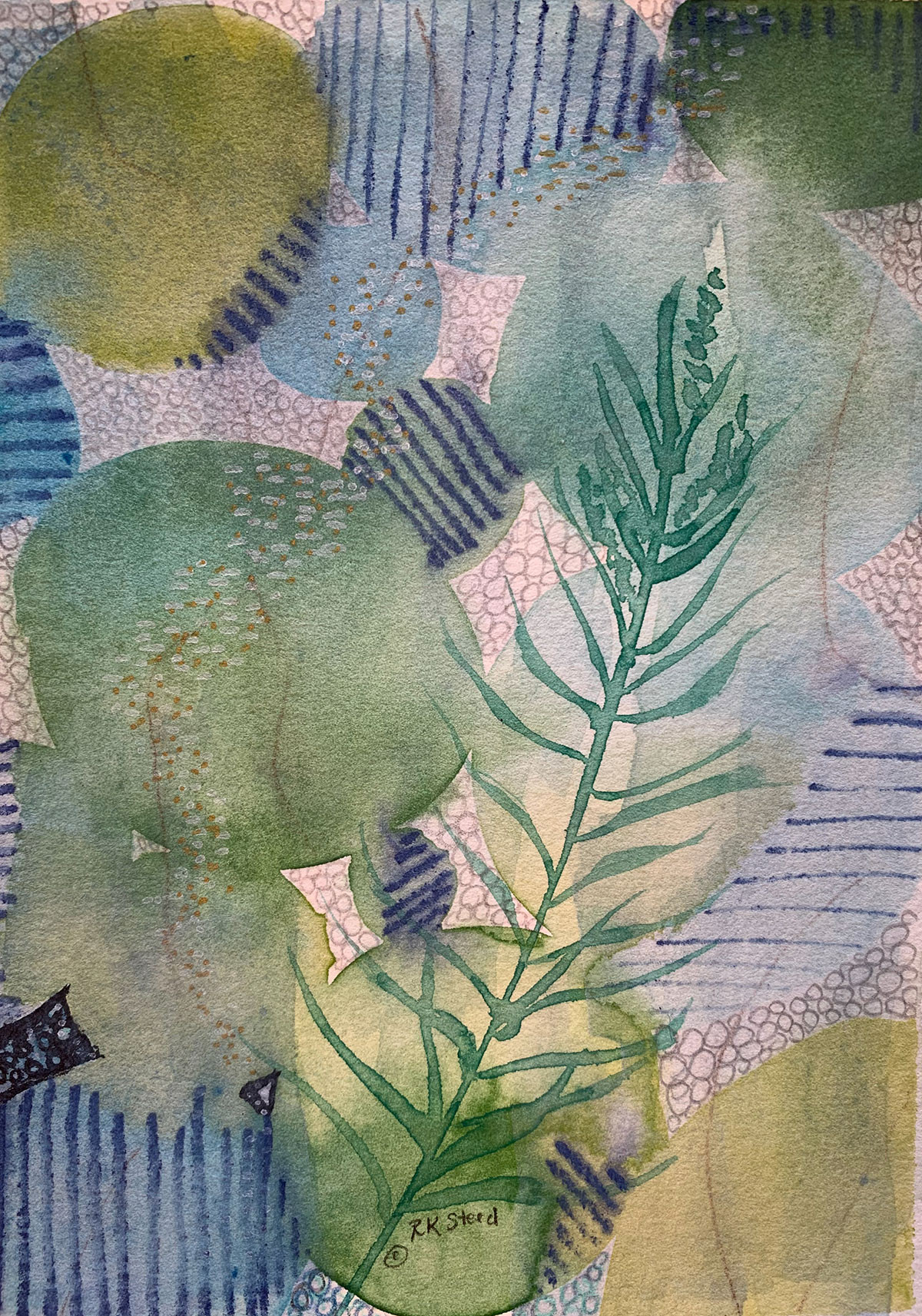Full Text
In the Tantaquidgeon Museum in Uncasville, Connecticut, you can find some of the most sacred objects of the Mohegan Tribe.
Weavings of pinhead-sized purple and white beads form belts and chains of wampum are displayed prominently in the collection. These should be understood not as something akin to money but as solemn emblems of commitment that were part of treaties and marriage ceremonies and taken into battle.
“It’s a spiritual cleanser, just as the clams it’s made from are cleansers of the water,” explained Melissa Tantaquidgeon Zobel, a tribal historian.
Only the shells of very select clams were chosen for wampum. They were the largest quahogs (the Native word for clams) that were at least 60 years old, when the purple hues would be most vivid.
|
|
“If you have something like that in your culture that comes from the sea and is very precious,” said Zobel, “it speaks to the reverence for the ocean and rivers. They’re all connected. They hold great agency and power and should be respected. We can’t get anything as sacred from the land as we can get from the sea, so how much more value do we put in the sea? It’s your source of life.”
Indeed, the ocean is recognized by modern science and ancient cultures alike as the place where life on Earth began. Since it birthed life, can the vast watery expanse that covers nearly three-quarters of the planet be considered itself alive? Mother Ocean, we might say. Could some expression of this idea be of use to current champions of ocean literacy and the legal rights of nature?
Perhaps long before Isaac Newton unlocked the mystery of gravity, and the dance of the moon and the tides was deciphered, people thought of the ocean as a strange kind of beast, an immense liquid lifeform that moves, breaths and changes with time. That’s not as far-fetched (pun intended) as it might sound.
“No wonder people could think the tide in some way animate, motivated not simply by mechanical action but by some hidden, purposeful being beyond our understanding,” wrote the British author Adam Nicholson in his nonfiction book Life Between the Tides, reflecting on pre-modern science.
In today’s Anthropocene Epoch, when the human impact poses such a threat to all life on Earth, the rigid distinctions drawn between animate and inanimate may be impeding the cause of planetary survival, particularly when it comes to the ocean. In the Algonquin language of Zobel’s ancestors, things weren’t divided that way.
“Something can be inanimate and become animate,” she said. “Something like a stone, that carries a force of energy, can become animate. It can carry some essence of a spirit. The ocean is like our ancestor because it gave us life. So in a sense the water is alive. People may say it’s a primitive belief, but I question that, even beyond the fact that the word ‘primitive’ derides earth-friendly belief systems. Which is more important, that these beliefs are literally true, or that they have value?”
This isn’t to discard the scientific perspective. Instead, she’s asking people to hold a philosophical view alongside it, one that recognizes the primacy of relationships in governing human actions. It echoes the ideas put forth by Robin Wall Kimmerer, botanist and member of the Citizen Potawatomi Nation, in Braiding Sweetgrass, her bestselling essay collection.
“People may have to see the Earth, the water, and the ocean as a living being in order to save it, and save themselves and other creatures,” Zobel said.
|
|
Consider these ideas in the context of actions happening across the world to advance ocean literacy. From the United Nations Decade of Ocean Science for Sustainable Development project to individual classroom teachers, educators see an urgent need to teach youth and adults alike about the strong influence of the ocean on our lives, and the increasingly strong influence that humans are having on the ocean.
Underlying this work is an effort to establish a healthier relationship between people and the ocean. What if that included the notion of seeing the ocean as a living being, not in a literal sense but a philosophical one? Would that enable people to care more, and act accordingly?
Now consider the rights of nature movement—the concept that a lake, mountain, the ocean, and other facets of nature should be given legal standing against efforts to degrade them. Such rights are recognized in Ecuador and New Zealand, and by some local governments in the United States. It’s a legal strategy for protecting nature that also implies a more fluid definition of animacy. Saying it out loud could perhaps help more people understand what is being asked: put your previous conditioning aside and look at the ocean, the forests and all of nature as having the same inherent right to exist as a human being.
In her book Vast Expanses: A History of the Oceans, writer and maritime historian Helen Rozwadowski, professor at the University of Connecticut, concludes with this entreaty: “Until we recognize the ocean’s past, and our inextricable relationship to it, we will not make much headway in changing that relationship for the better,” she states. “We must jettison our perception of the ocean as a timeless place, apart from humans. We must transform our understanding of the sea to one bound with history and interconnected with humanity. Such a new vision, with new metaphors, can form the foundation for positive change.”
That vision and metaphor could be that of our most profound relationships, to act as though the ocean were our ancestor, our mother, and our kin. This is a core truth for Zobel that perhaps we should all heed.
“We believe water is the source of life, the sustainer of life,” she said. “It’s almost a paradox that we don’t think of the ocean as alive.”



